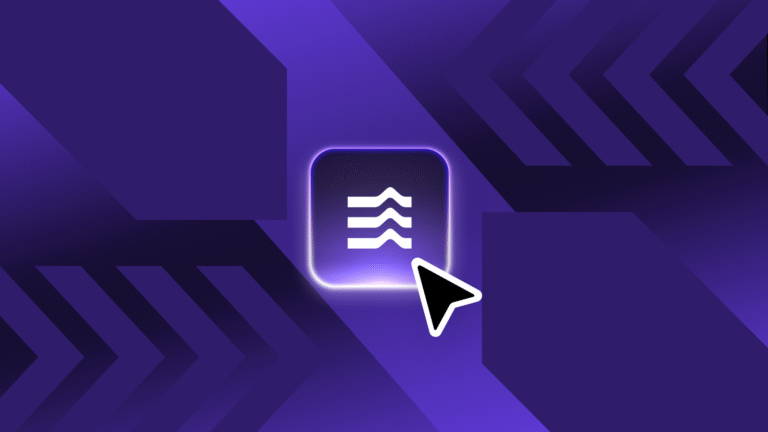cards:
label: Card grid
category: Layouts
template: layouts/cards
icon_map:
- [intro, intro, intro]
- [c1, c2, c3]
- [c4, c5, c6]
- [c7, c8, c9]
- [c10, c11, c12]
regions:
content:
label: Cards
intro:
label: Introduction
library: 'your_theme/card'
The component will look something like the ‘Services’ section on our homepage*. If you’ve built websites over the last decade, you’ve probably built a component like this many times.

<?php
namespace Drupalyour_themeLayouts;
use DrupalCoreFormFormStateInterface;
use DrupalCoreLayoutLayoutDefault;
/**
* Defines a class for a layout that has a title option.
*/
class LayoutWithTitle extends LayoutDefault {
/**
* {@inheritdoc}
*/
public function defaultConfiguration() {
return parent::defaultConfiguration() + ['title' => ''];
}
/**
* {@inheritdoc}
*/
public function buildConfigurationForm(array $form, FormStateInterface $form_state): array {
$build = parent::buildConfigurationForm($form, $form_state);
$build['title'] = [
'#weight' => -10,
'#type' => 'textfield',
'#default_value' => $this->configuration['title'],
'#title' => $this->t('Title'),
'#description' => $this->t('Provide an optional title for this section'),
];
return $build;
}
/**
* {@inheritdoc}
*/
public function submitConfigurationForm(array &$form, FormStateInterface $form_state): void {
parent::submitConfigurationForm($form, $form_state);
$this->configuration['title'] = $form_state->getValue('title');
}
}
Let’s instead pivot to a layout plugin for the cards component and think of it in terms of regions.
- A title
- A teaser field for the intro text
- A multi-value cards field, which is itself another paragraph type ‘card’.
In this post, we explore building a cards section with Layout Builder.Or rather, because this is Layout Builder, you might be thinking of a block-content type called cards with those fields on it — leaning on paragraphs for the multi-value cards field.
- There are some gnarly bugs with Layout Builder + Block Content + Paragraphs + Content moderation
- It requires content-editors to fumble in the off-canvas editor to rearrange each card using drag-and-drop. We want a nice re-order experience like this:

Making the most of layout plugins
We probably already have a block-content type that consists of a WYSIWYG field — e.g., something like the Basic block content type in core. We can use that for the intro text.As an extra enhancement, you could add integration with Layout Section Classes module to give content editors additional options like the number of cards shown across the page in the card grid.
- A layout title
- An introduction region
- A cards region
Whilst that approach works well for paragraphs, it isn’t the best approach for Layout Builder:The key aspects of the component are
- For the internal card block-type, we need an entity-reference field to allow the content-editor to select the content to generate the card for
- For the external card block-type, we need all the fields — title, image, teaser, URL
Defining layout plugins
Next, we need to define our layout plugin. We start with a layouts.yml file in our theme or module.The first step of this is to add a ‘class’ entry to our layout definition.With those pieces in place, we can use Layout builder restrictions to ensure only the right block-types can be placed in each region. The introduction region can be limited to the basic WYSIWYG block-type. The cards region can be limited to the internal and external card block-type.If you’ve previously used paragraphs for modelling landing pages, you may immediately be thinking that your content model will be made up of paragraph type ‘cards’ with three fields as follows:cards:
// ...
class: Drupalyour_themeLayoutsCards
// ...
/**
* Implements hook_preprocess_HOOK().
*/
function your_theme_preprocess_layout(array &$variables): void {
// Add the title from LayoutWithTitle.
$variables['title'] = $variables['content']['#settings']['title'] ?? NULL;
}
So we need a card block content-type. But we probably want two. A lot of our cards will just point to other pages on the site — and it makes sense for the card to be built from fields on that page. If we put a teaser image and teaser text field on all our node-types, we can make use of them when creating a card for that page. We can also use these for meta-tags like the OpenGraph image. And all our node-types already have a title and URL. The second block-type is if we need to link to pages outside the site. So, the content models for those two block types are as follows:This layout will use the default layout plugin, but we want a custom layout plugin with a title field in the configuration form. You can read more about creating a custom layout plugin from our previous post about creating a dynamic layout with flexible regions. This one will be much simpler. We just need a title field in the configuration form and a preprocess hook to expose that to our template. All that remains then is to theme the block-content types to match the design. For more on that, see our previous post on theming block-content types with Layout Builder.We have:
Note: this component on our website is automated and built with Views, but there is often a need to build out curated equivalents.





